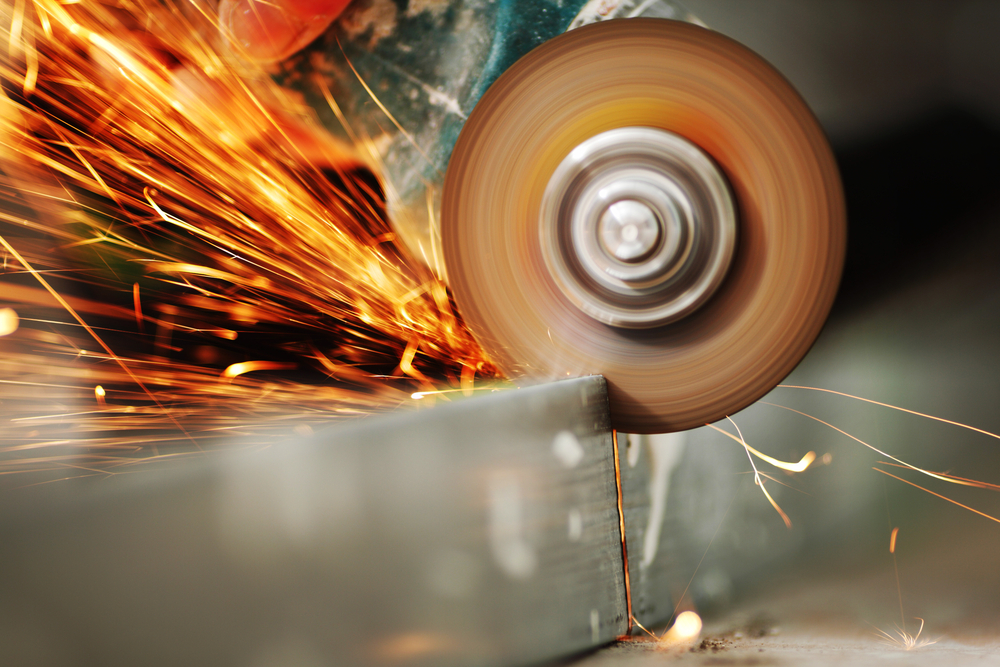
Innovations in Cutting Blade Technology: What to Expect in 2024
September 13, 2024 10:10 pm Leave your thoughtsAs we venture into the latter part of 2024, cutting blade technology is undergoing a fascinating transformation. Advances in material science, engineering, and manufacturing techniques are pushing the boundaries of what cutting blades can achieve. This article explores the latest innovations in cutting blade technology and what to expect as we move forward in 2024.
The Evolution of Cutting Blade Technology
Cutting blade technology has come a long way from the rudimentary tools used in early human history. Traditionally, blades were made from materials like bronze and iron, with the focus primarily on improving sharpness and durability. Fast forward to today, and cutting blades are crafted from advanced materials with intricate designs to enhance performance, safety, and longevity.
Historical Perspective
The evolution of cutting blades reflects broader advancements in materials and manufacturing processes. From the invention of steel alloys to the development of high-speed steel (HSS) and carbide-tipped blades, each innovation has contributed to increased efficiency and precision in various applications. As we look ahead to 2024, the focus has shifted towards integrating smart technologies and improving environmental sustainability.
Cutting Blade Technology in 2024: Key Innovations
Advanced Materials
One of the most significant trends in cutting blade technology for 2024 is the use of advanced materials. Manufacturers are exploring new composites and alloys to enhance blade performance. Some notable innovations include:
- Ceramic Blades: Ceramic blades, made from zirconium dioxide, offer exceptional hardness and corrosion resistance. They are increasingly used in high-precision applications where traditional metals might fall short.
- Cobalt-Chromium Alloys: Known for their exceptional hardness and wear resistance, cobalt-chromium alloys are becoming more common in industrial cutting tools. They provide longer service life and maintain sharpness better than traditional steel blades.
- Diamond Coatings: Diamond-coated blades are making waves in 2024. These blades feature a thin layer of synthetic diamond, providing unparalleled hardness and cutting efficiency. They are particularly useful for cutting hard materials like ceramics and composites.
Smart Blade Technology
Incorporating smart technology into cutting blades is a major trend for 2024. Smart blades are equipped with sensors and communication systems that provide real-time data on blade performance. Key innovations include:
- Embedded Sensors: Sensors embedded in the blade can monitor parameters such as temperature, vibration, and wear. This data helps in predicting blade failure and optimizing maintenance schedules.
- IoT Integration: Internet of Things (IoT) technology enables blades to communicate with other equipment and systems. This integration allows for automated adjustments and real-time feedback, enhancing overall efficiency and precision.
- Smart Sharpening Systems: Some cutting blades now feature built-in sharpening systems that automatically adjust the blade’s edge based on its wear and performance. This ensures that the blade remains sharp and effective throughout its lifespan.
Sustainability and Environmental Impact
Sustainability is a growing concern in all areas of manufacturing, including cutting blade technology. Innovations in this area are focused on reducing environmental impact and improving resource efficiency. Key developments include:
- Recyclable Materials: The use of recyclable and eco-friendly materials in blade production is on the rise. Manufacturers are exploring ways to reduce waste and make blades that can be easily recycled at the end of their life cycle.
- Energy-Efficient Manufacturing: Advances in manufacturing processes are making blade production more energy-efficient. Techniques such as precision casting and additive manufacturing (3D printing) reduce material waste and energy consumption.
- Extended Blade Life: Innovations that extend the lifespan of cutting blades contribute to sustainability by reducing the frequency of replacements and minimizing waste. Enhanced durability and performance mean fewer blades are needed over time.
Enhanced Precision and Performance
Precision and performance remain critical factors in cutting blade technology. The latest innovations aim to push these boundaries even further. Notable advancements include:
- Laser-Cut Edges: Laser cutting technology is used to create incredibly sharp and precise blade edges. This method ensures uniformity and reduces the likelihood of edge chipping, resulting in cleaner cuts and improved performance.
- Customized Geometries: Advances in computer-aided design (CAD) and manufacturing allow for the creation of blades with customized geometries. This enables blades to be tailored for specific applications, optimizing their performance and efficiency.
- High-Speed Cutting: Innovations in blade materials and coatings have led to improvements in high-speed cutting applications. Blades designed for high-speed operation maintain their sharpness and structural integrity even under extreme conditions.
Applications of Cutting Blade Innovations
The innovations in cutting blade technology have broad implications across various industries. Here are some key areas where these advancements are making an impact:
Manufacturing and Industrial Processing
In manufacturing and industrial processing, cutting blades are used for tasks ranging from metalworking to woodworking. Innovations such as advanced materials and smart technology enhance the precision, efficiency, and safety of these operations. For example, diamond-coated blades are increasingly used in machining hard metals, while smart blades provide real-time performance data to optimize manufacturing processes.
Healthcare and Medical Devices
In the healthcare sector, cutting blades play a crucial role in surgical procedures and medical device manufacturing. The development of ultra-sharp blades with advanced coatings improves surgical precision and reduces the risk of complications. Additionally, smart blades with embedded sensors can provide valuable data for medical research and device development.
Food Processing
The food processing industry relies on cutting blades for tasks such as slicing, dicing, and chopping. Innovations in blade technology, such as ceramic blades and laser-cut edges, enhance the quality and consistency of food products. These advancements also contribute to improved hygiene and safety in food processing environments.
Construction and Renovation
In construction and renovation, cutting blades are used for tasks like masonry, tile cutting, and metal fabrication. The introduction of high-speed cutting blades and customized geometries improves efficiency and accuracy in these applications. Additionally, eco-friendly materials and energy-efficient manufacturing practices align with the industry’s growing focus on sustainability.
Challenges and Considerations
While the innovations in cutting blade technology are promising, there are also challenges and considerations to keep in mind:
Cost and Accessibility
Advanced cutting blades, particularly those featuring smart technology or exotic materials, can be expensive. The cost of these blades may limit their accessibility for smaller businesses or individual users. However, as technology advances and production scales up, prices are expected to become more competitive.
Maintenance and Training
With the introduction of smart blades and advanced materials, maintenance and training become increasingly important. Users need to be knowledgeable about the care and handling of these new technologies to ensure optimal performance and longevity. Manufacturers may need to invest in training programs and support services to address this need.
Environmental Impact of Manufacturing
While innovations in blade technology aim to reduce environmental impact, the manufacturing process itself can still pose challenges. The production of advanced materials and coatings may involve the use of hazardous substances or energy-intensive processes. It is crucial for manufacturers to continuously seek ways to minimize these impacts and adhere to environmental regulations.
Conclusion
The landscape of cutting blade technology is evolving rapidly in 2024, driven by advancements in materials, smart technology, and sustainability. These innovations promise to enhance precision, performance, and environmental responsibility across various industries. As cutting blade technology continues to advance, it will be exciting to see how these developments shape the future of manufacturing, healthcare, food processing, and construction.
Staying informed about these trends and innovations will be crucial for professionals and businesses looking to leverage the latest cutting blade technology. Whether you’re involved in manufacturing, healthcare, or any other sector that relies on cutting blades, embracing these advancements will help you stay ahead of the curve and achieve greater efficiency and success in your operations.
Got questions about cutting blades? Let us help! Call us today to learn more!
Categorised in: Metal Cutting Blades
This post was written by admin

